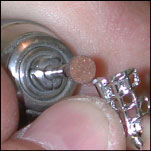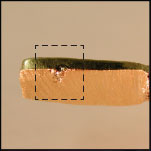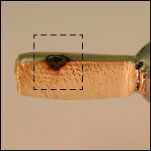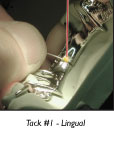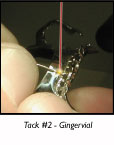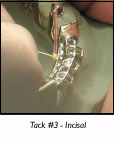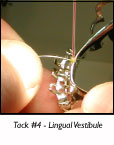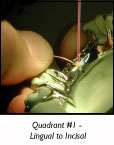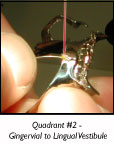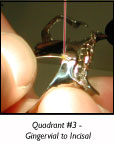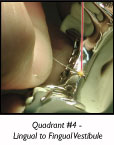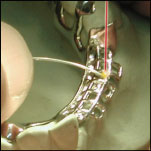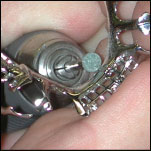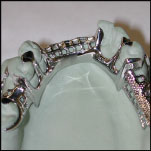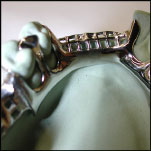DENTAL LAB LASER WELDING: LINGUAL BAR
admin2024-05-16T17:21:33-04:00DENTAL LAB LASER WELDING: LINGUAL BAR
Tips for Laser Welding a Lingual Bar (Partial Dentures)
Method 1 - Direct Welding
Note: Most partial dentures are Cobalt/Chrome Co/Cr or Nickel/Chrome NC/CR alloy. The laser’s energy excites the carbon in the weld zone and can make the alloy brittle. For this reason, we will weld these alloys and add filler wire at the same time. LaserStar welding wire is a carbon-free alloy. When these high carbon alloys are welded with the carbon-free welding wire, a new low-carbon alloy is born thus resulting in a strong weld.
Separate the Bar with a Thin Disc
When separating a bar, use the thinnest disc available. This will remove the least amount of metal and enable the bar connection to touch once it’s back on the model.
Prep the Bar Connectors
Remove any burs left over from the separating process to give the bar connectors a clean, flush fit. If the bar connectors do not touch when the partial is on the model, use either Method
the Capping or Insert Method.
Use Proper Joint Preparation
First, determine the alloy and gauge of the bar to be welded. Is the bar thick or thin? Select the proper joining method and prepare the connection accordingly. Make sure the joint is flush and is touching.
Keyhole Weld – Used for Thick Bars
A Keyhole Weld is a deep core penetrating weld that will hold the parts together. A proper Keyhole Weld will penetrate at least halfway into the gauge of the parts to be welded.
Surface Weld – Used for Thin Bars
Thin bars need less penetration; therefore, a Surface Weld is recommended.
Quadrant Tacking
Metal contracts and expands during the welding process. For this reason, we must tack the bar in diametrically opposed quadrants.
Following the diagram, the quadrants are to be tacked as follows:
Quadrant Welding
To maintain equal, consistent heating and equal metal displacement of the structure, we must weld the bar in Diametrically Opposed Quadrants as well. This procedure prevents distortion of the metal during the welding process.
Using the Overlapping Welds technique, weld the connector in Diametrically Opposed Quadrants.
Add Metal if Needed
If the original diameter of the lingual bar was reduced by a joint preparation technique or by the Keyhole Weld itself, metal of the same alloy can be added. Filler materials should also be added by using the Quadrant Welding, Diametrically Opposed welds diagram previously discussed.
Note: Small connectors can be Keyhole Welded while adding wire during the same pass. This allows for less laser passes.
Grind if Needed
Using a grinding wheel, grind off any excess metal.


